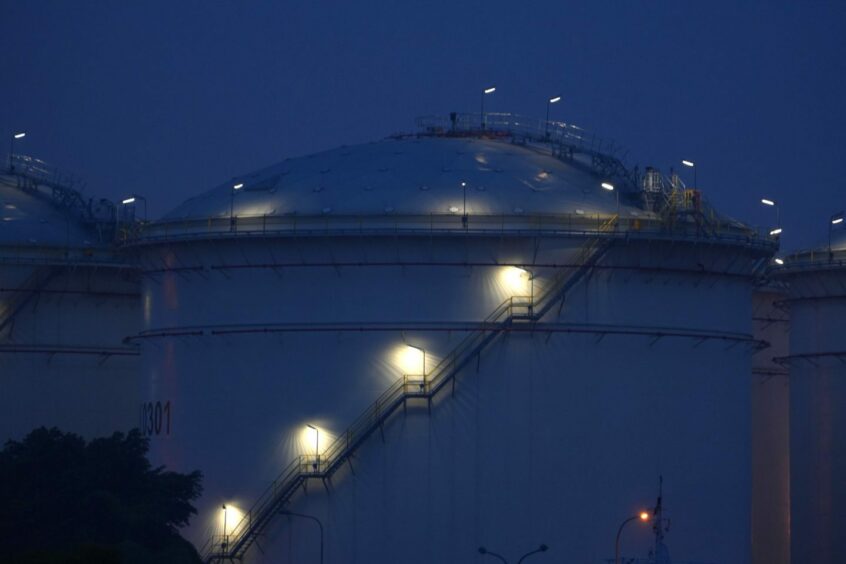
Oil fell for a fourth day as warnings from major US banks of a tough outlook for 2023 stoked concern over demand prospects and dented appetite for risk assets including commodities.
West Texas Intermediate fell below $74 a barrel after futures sank almost 9% over the previous three sessions despite optimism surrounding China’s move to loosen strict virus curbs. Among the predictions, Goldman Sachs Group Inc. Chief Executive Officer David Solomon said that he saw “bumpy times ahead.”
Crude is limping into the end of the year, with the US benchmark heading for the first back-to-back quarterly drop since mid-2019 as central banks tighten policy. The latest leg down comes at a complex moment, with traders assessing the fall-out from Group of Seven curbs on Russian oil, including a price cap that’s meant to punish Moscow for the war in Ukraine. The slump comes against a backdrop of dwindling liquidity, with waning interest stoking volatility.
Recession fears have “gripped the market as traders ponder monetary-policy tightening,” said James Whistler, managing director of brokerage Vanir Global Markets Pte in Singapore. “We are also seeing an early pull back in liquidity, with traders exiting positions after a highly volatile year.”
In response to the cap, which has been set at $60 a barrel, Russia is considering setting a price floor for its international oil sales. Moscow may either impose a fixed price for the nation’s barrels, or stipulate maximum discounts to international benchmarks at which they can be sold.
Traders are also tracking a visit by China’s President Xi Jinping to Saudi Arabia this week, during which he will take part in a summit with Saudi Crown Prince Mohammed bin Salman. China is the world’s largest crude importer, while Saudi Arabia is the driving force behind the Organization of Petroleum Exporting Countries. OPEC and allies left supply unchanged last weekend.
Prices:
WTI for January delivery eased 0.4% to $73.99 a barrel on the New York Mercantile Exchange at 11:13 a.m. in Singapore.
Brent for February settlement was 0.2% lower at $79.19 a barrel on the ICE Futures Europe exchange.
Time spreads are signaling ample near-term crude supplies, with the three-month spread for global benchmark Brent slipping further into contango, when later-dated futures trade at a premium to prompt contracts. The gap was last at 60 cents a barrel in contango, compared with more than $4 a barrel in the opposite backwardated structure a month ago.
The American Petroleum Institute, meanwhile, reported that US stockpiles decreased by more than 6 million barrels last week, according to people familiar with the figures. Official inventories data follow later Wednesday.
Recommended for you
